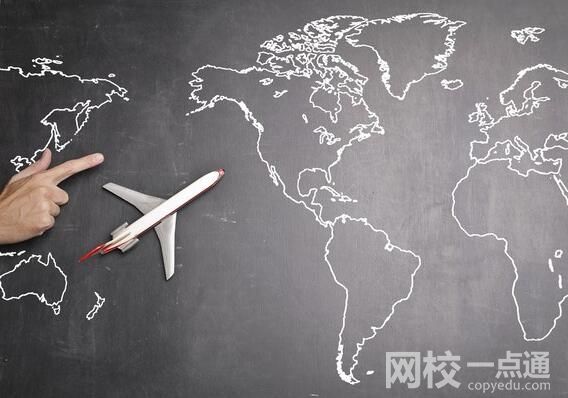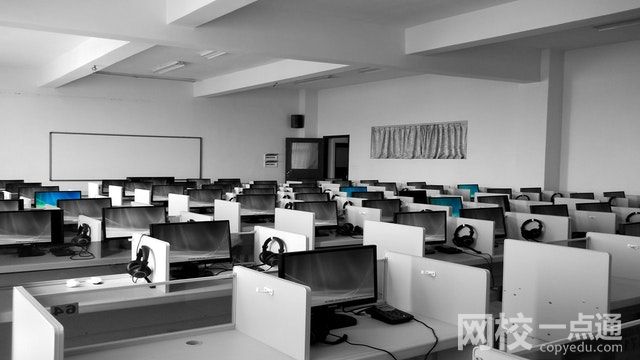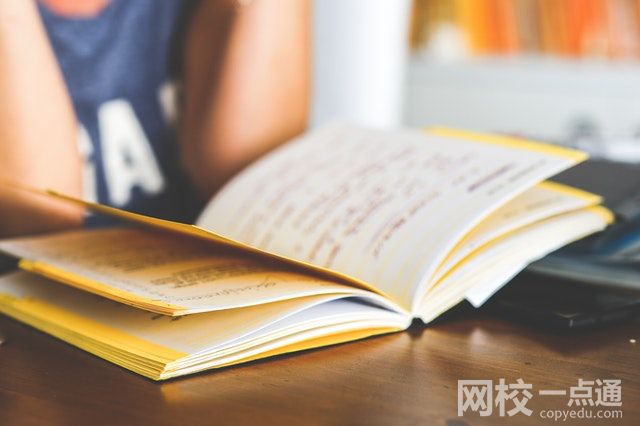汉语译英语的准确方法是什么?
导读:The accurate method for translating Chinese to English is a complex and nuanced process that requires a deep u
The accurate method for translating Chinese to English is a complex and nuanced process that requires a deep understanding of both languages and cultures. It involves not only accurately conveying the meaning of the original text, but also capturing the nuances, tone, and cultural context in which it was written.

To begin with, a translator must have a strong command of both Chinese and English languages. This includes not only being proficient in grammar and vocabulary, but also having a deep understanding of the cultural connotations behind certain words and phrases. Without this foundation, it is impossible to accurately convey the original meaning of a text.
In addition to language proficiency, a translator must also possess excellent research skills. This involves not only looking up individual words or phrases in a dictionary, but also conducting extensive research on the cultural background and historical context of the text. This is especially important for translating idiomatic expressions or references to cultural events that may not have direct equivalents in English.
Furthermore, an accurate translation requires careful consideration of the target audience. A translator must be aware of who will be reading the translated text and adjust their language accordingly. For example, if the original text is written for a formal academic audience, the translation should reflect this level of formality. On the other hand, if it is meant for a casual readership, the translation can be more relaxed and conversational.
One crucial aspect of accurate translation is maintaining the tone and style of the original text. This means not only conveying factual information accurately but also capturing any literary devices or rhetorical techniques used by the author. A skilled translator must be able to adapt these techniques into English while staying true to their intended effect.
To ensure accuracy in translation, it is essential to avoid word-for-word translations as they often result in awkward or nonsensical sentences. Instead, a translator should focus on conveying the overall meaning and intent behind each sentence while using appropriate English expressions that capture its essence.
Now let's look at some examples of how the accurate translation method can be applied in practice:
1. Original Chinese text: 他是一个大胆的冒险家,总是勇于尝试新的事物。
Translation: He is a bold adventurer, always willing to try new things.
2. Original Chinese text: 这部电影充满了文化的魅力,让观众更加了解我们的传统。
Translation: This film is full of the charm of Chinese culture, allowing the audience to gain a deeper understanding of our traditions.
3. Original Chinese text: 她的微笑像阳光一样温暖,让人感到无比欣慰。
Translation: Her smile is as warm as sunshine, bringing immense joy to others.
4. Original Chinese text: 这本书以幽默轻松的方式讲述了一个深刻的故事,让读者在欢笑中思考人生。
Translation: This book tells a profound story in a humorous and light-hearted manner, encouraging readers to reflect on life while laughing.
5. Original Chinese text: 他们在孤独中寻找彼此,最终走到了一起。
Translation: They found each other in loneliness and eventually came together.
In conclusion, the accurate method for translating Chinese to English involves not only language proficiency but also a deep understanding of cultural context and target audience. It requires careful consideration of tone, style, and literary devices used in the original text to ensure an accurate and effective translation. By following these principles, a translator can successfully convey the essence and beauty of Chinese language and culture to an English-speaking audience.
上一篇:英语翻译中文的准确方法
下一篇:窘态是什么意思?
-
 salina是什么意思英文翻译2024-10-31 15:49:57Salina是什么意思?Salina是一个拉丁语词汇,意思是盐湖或盐湖地。它可以指湖泊或湖泊的地形,或者指湖泊的水体。盐湖通常是一种淡水湖,但
salina是什么意思英文翻译2024-10-31 15:49:57Salina是什么意思?Salina是一个拉丁语词汇,意思是盐湖或盐湖地。它可以指湖泊或湖泊的地形,或者指湖泊的水体。盐湖通常是一种淡水湖,但 -
 saline是什么意思英文翻译2024-10-31 15:49:38Saline一词源自拉丁文sal,意思是盐。因此,saline是指含有盐的溶液,或者是其他化学物质,如碳酸钠和氯化钠。溶液的类型Saline溶液可以分
saline是什么意思英文翻译2024-10-31 15:49:38Saline一词源自拉丁文sal,意思是盐。因此,saline是指含有盐的溶液,或者是其他化学物质,如碳酸钠和氯化钠。溶液的类型Saline溶液可以分 -
 sally是什么意思英文翻译2024-10-31 15:49:22Sally是什么意思?Sally是一个英文名字,它的意思是来自萨利的人,这是一个古老的耶路撒冷名字。这个名字最早出现在古代希腊文中,后来被希
sally是什么意思英文翻译2024-10-31 15:49:22Sally是什么意思?Sally是一个英文名字,它的意思是来自萨利的人,这是一个古老的耶路撒冷名字。这个名字最早出现在古代希腊文中,后来被希 -
 salmon是什么意思英文翻译2024-10-31 15:49:03Salmon是什么意思?Salmon是一种鱼类,它是一种属于鲑科的鱼类,也是一种常见的商业性鱼类。它的英文名称是Salmon,中文名称叫做三文鱼。三
salmon是什么意思英文翻译2024-10-31 15:49:03Salmon是什么意思?Salmon是一种鱼类,它是一种属于鲑科的鱼类,也是一种常见的商业性鱼类。它的英文名称是Salmon,中文名称叫做三文鱼。三





